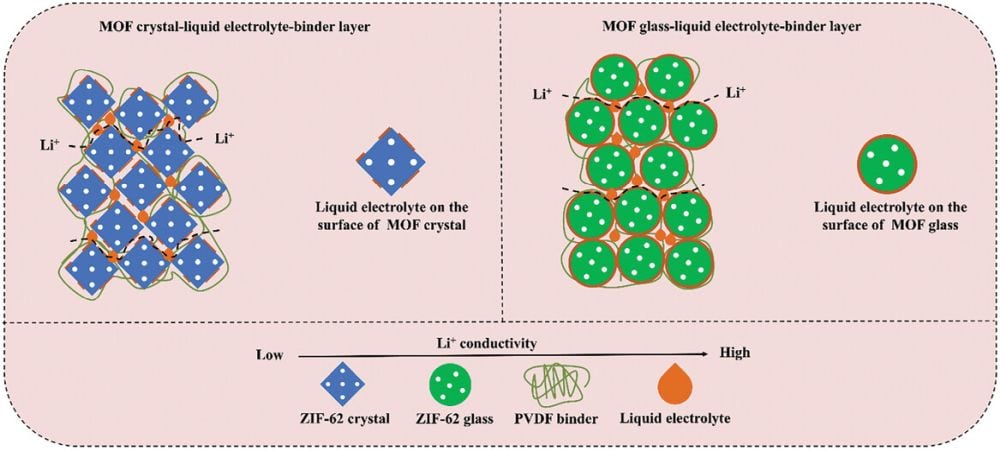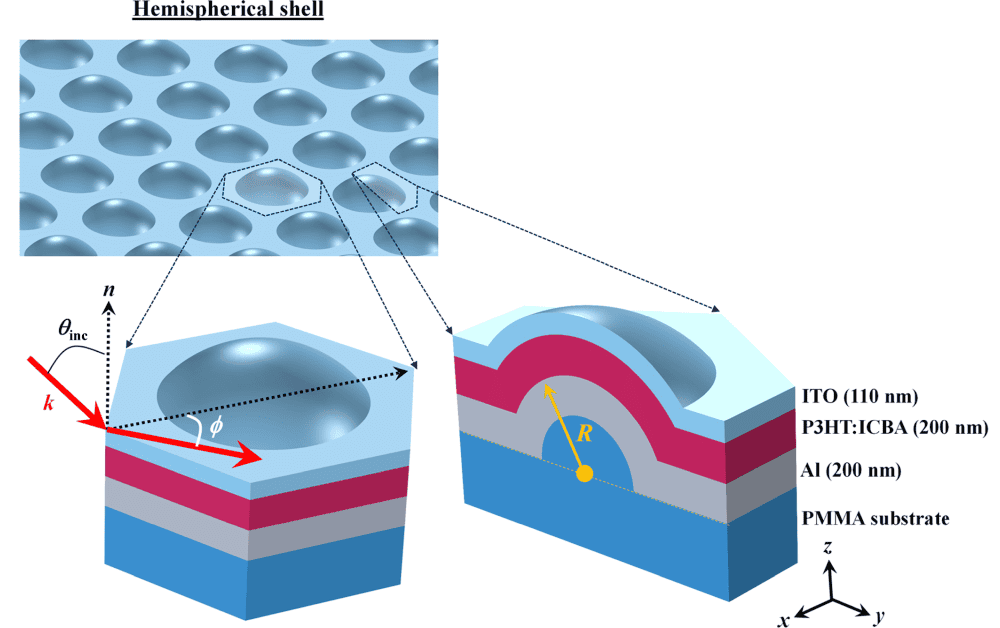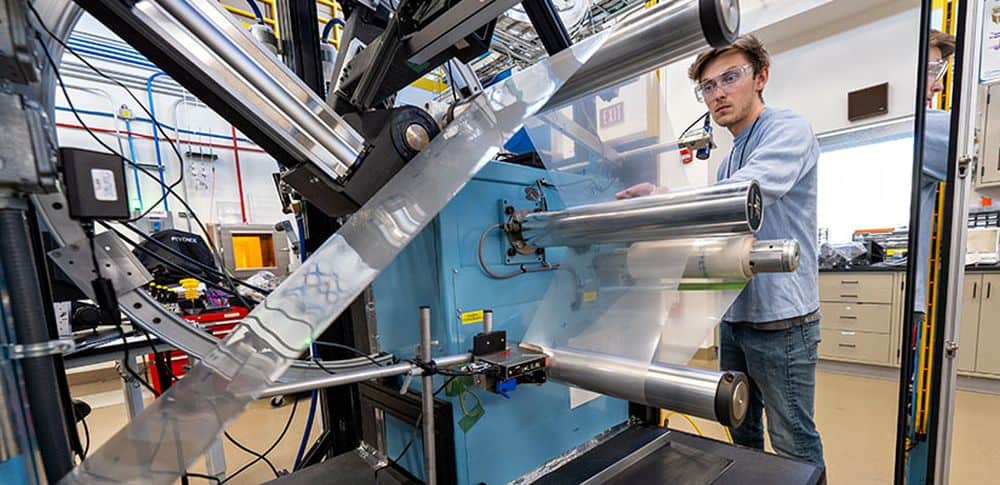Nature offers many clues on ways to best preserve energy, and today’s CTT showcases some recent biomimetic innovations in the fields of clean energy, passive thermal control, and water conservation.
Read MoreIn this year’s annual PV Module Index Report by the Renewable Energy Test Center, experts explain how the trend toward ultralarge and ultrathin solar installations is leading to an increase in spontaneous glass breakage even as the frequency and severity of hailstorms is escalating.
Read MoreThe shape of a solar cell can greatly affect its light absorption efficiency. Abdullah Gül University assistant professor Dooyoung Hah recently investigated the potential of hemispherical, or “dome,” shaped cells to improve the performance of organic photovoltaics.
Read MoreVideo: DOE Transmission Interconnection Roadmap sets targets for hooking clean energy up to the grid
Connecting clean energy projects to the electrical grid faces numerous challenges. In April 2024, the U.S. Department of Energy announced the release of a new roadmap that outlines solutions to speed up interconnection and clear the existing project backlog.
Read MoreThe U.S. Department of Energy’s National Renewable Energy Laboratory (NREL) has led efforts to address challenges to hydrogen technology adoption. On March 25, 2024, NREL announced a new Roll-to-Roll Consortium that will investigate how to enable high-throughput manufacturing of hydrogen fuel cells and water electrolyzers.
Read MoreIn honor of Women’s History Month, CTT shines a light on the PBS special “The Sun Queen,” which documents the life and research of Hungarian–American chemical engineer and inventor Mária Telkes, who helped advance the field of solar technology.
Read MoreFinnish startup Polar Night Energy, which developed and installed its first commercial-scale “sand battery” energy storage system in 2022, is now collaborating with Finnish district heating company Loviisan Lämpö to build an industrial-scale sand battery system in Pornainen, Finland.
Read MoreAchieving long-term operational stability of all-perovskite solar cells remains a challenge. Researchers led by Georgia Institute of Technology made the surprising discovery that while exposing perovskites to both water and oxygen leads to instability, taking away one of those factors preserved the perovskites’ structure.
Read MoreElectrocaloric materials have potential to replace liquid refrigerant in cooling systems, thus avoiding the emission of harmful greenhouse gases. But currently, electrocaloric devices can only operate within a small temperature span. A recent study reported a new electrocaloric prototype with greatly improved temperature span and cooling power.
Read More









